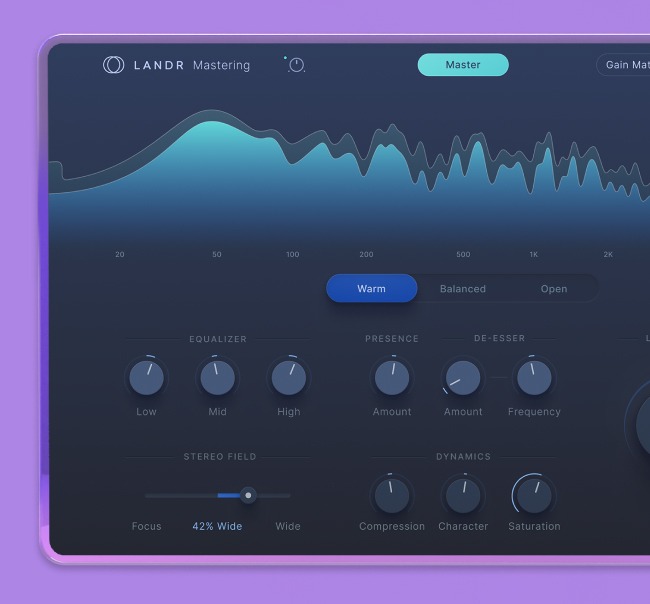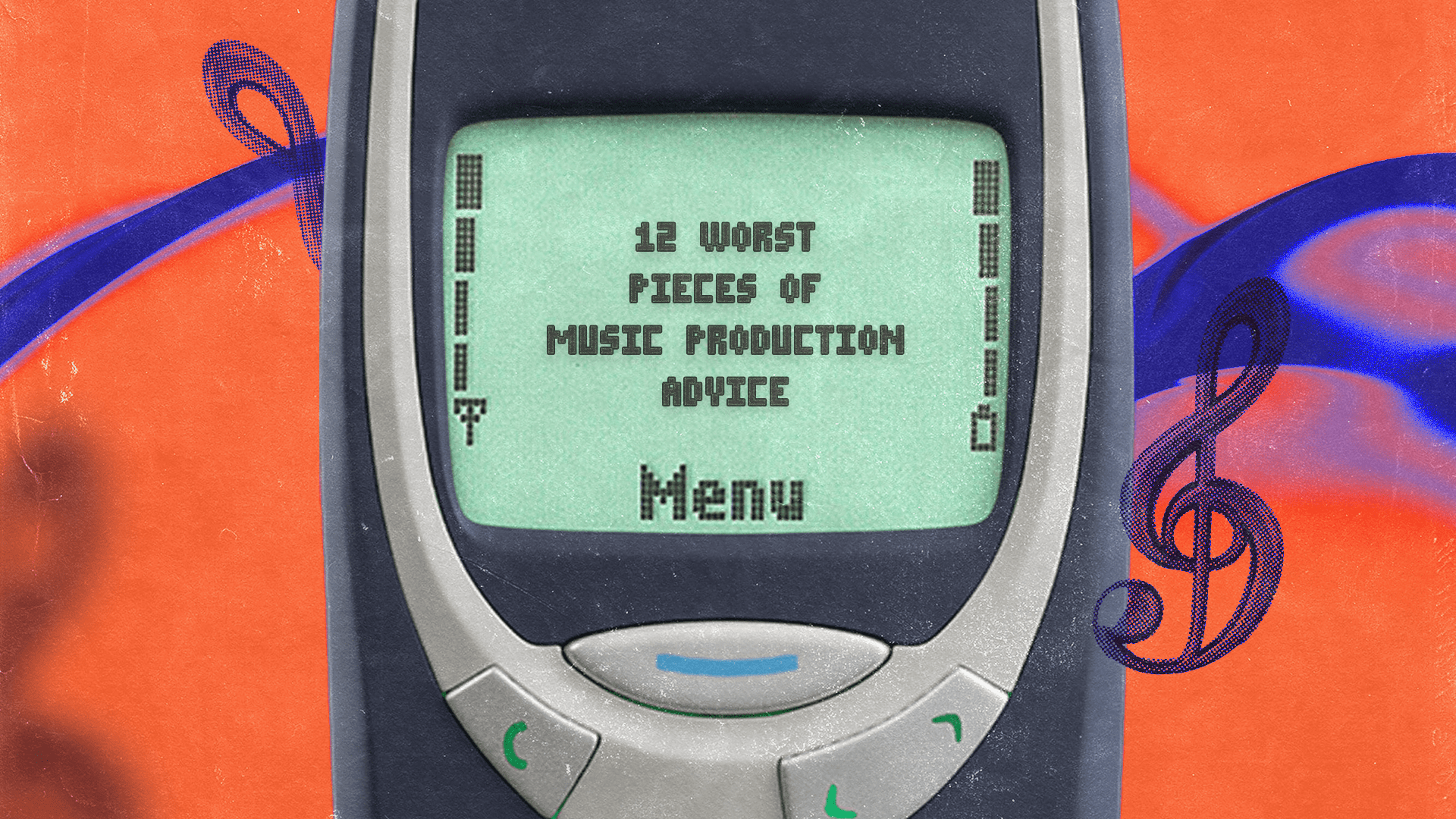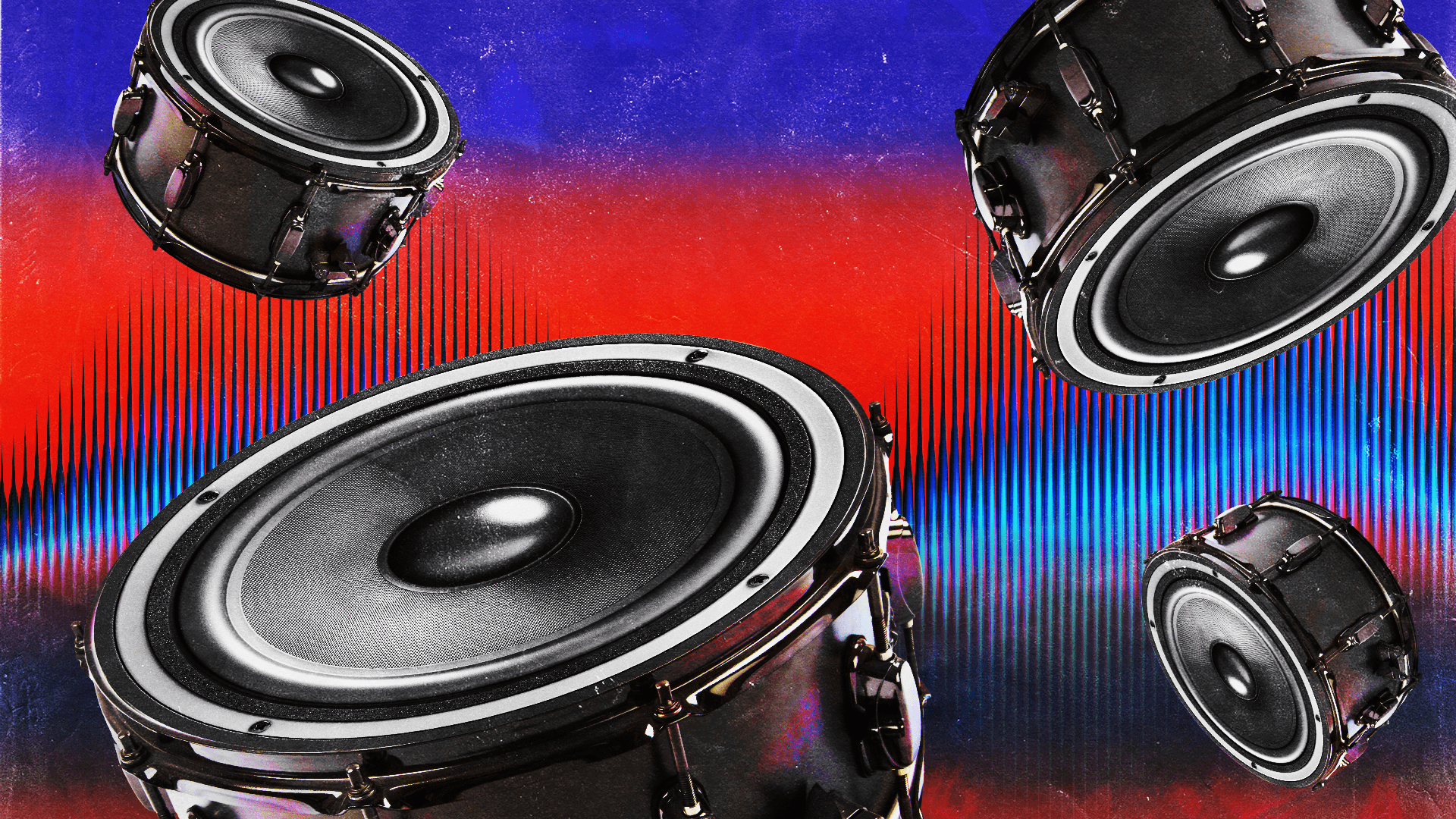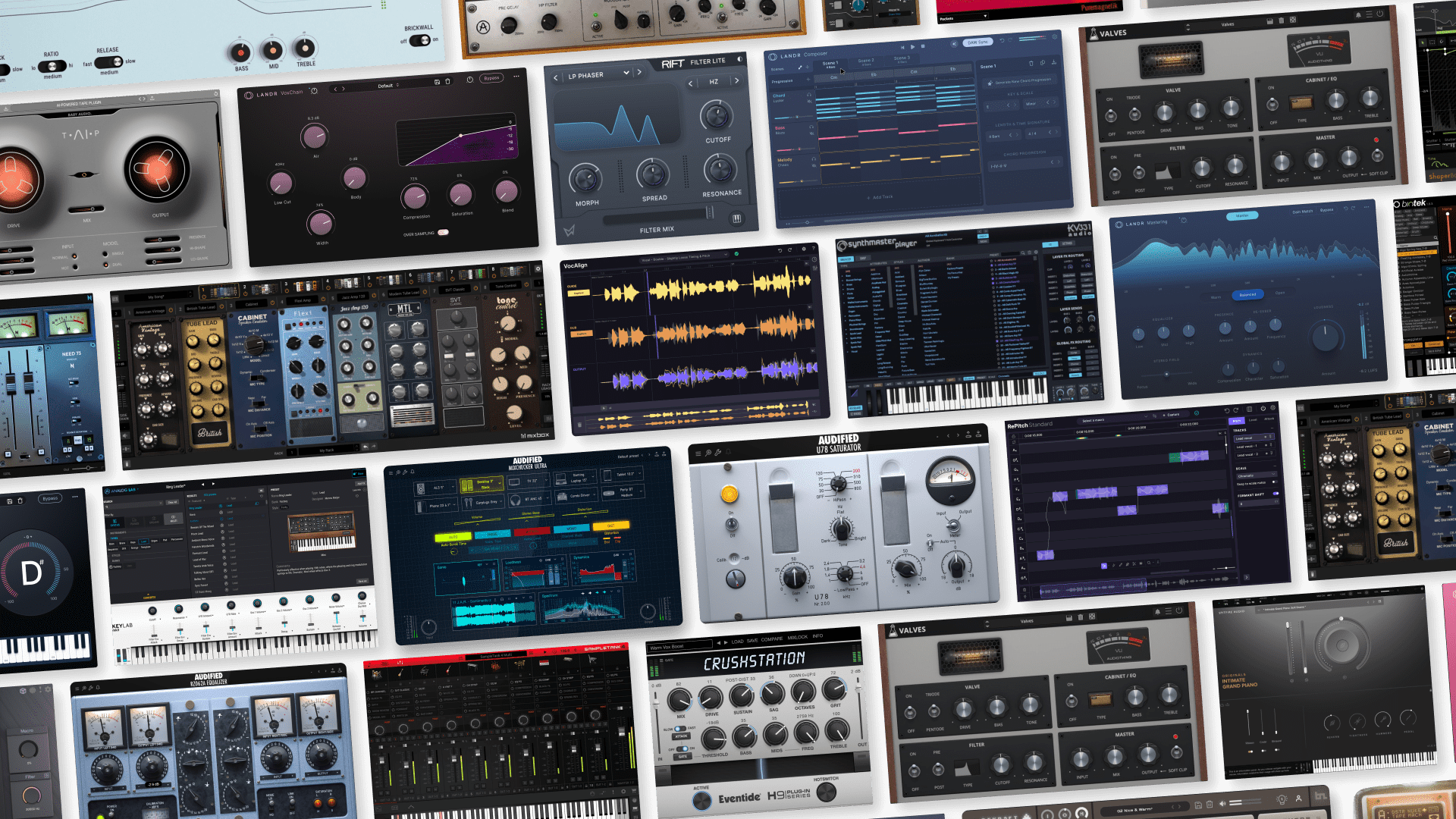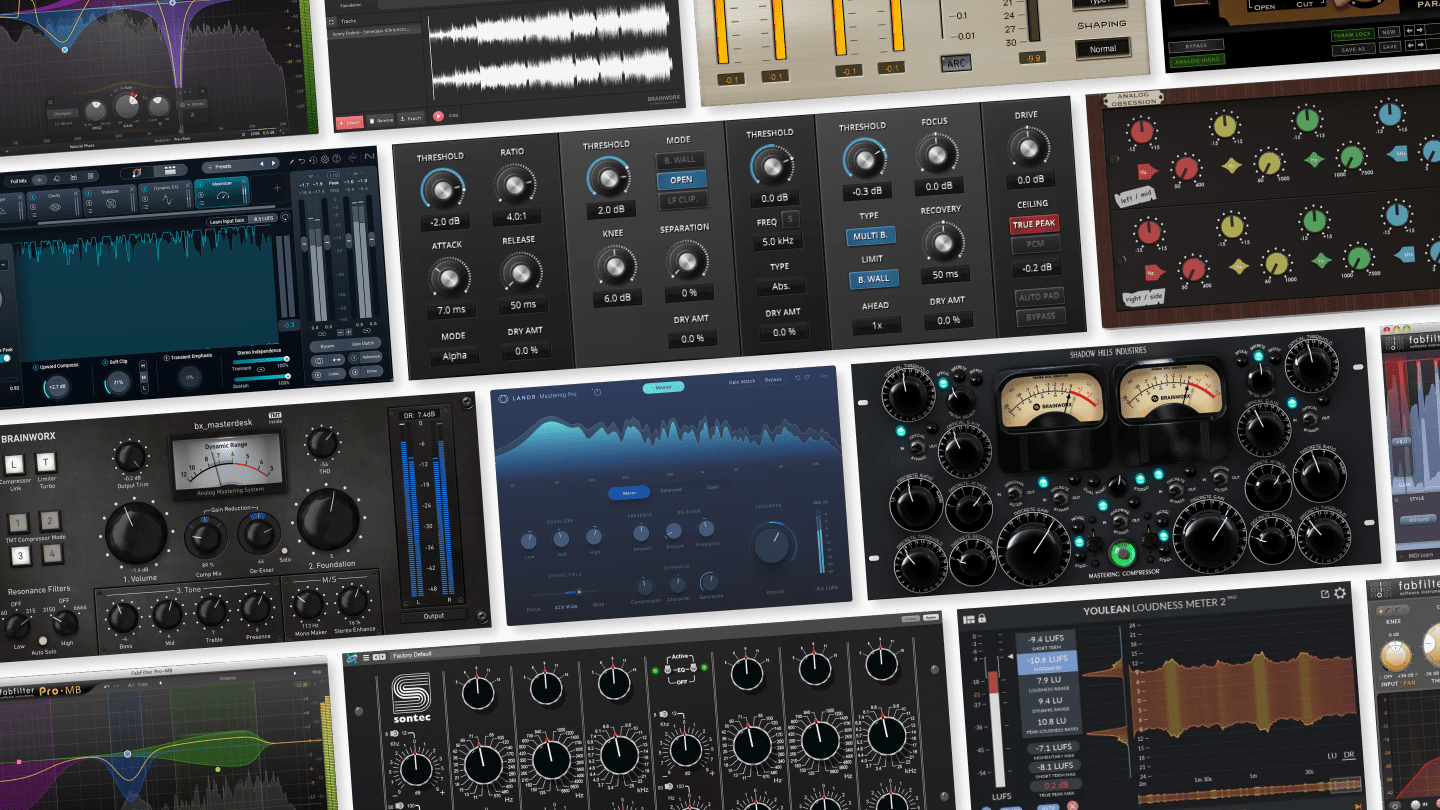
Is Compression Overrated? What Every Producer Should Know

Compression is a mainstay of music production and has been for a long time, but does it always live up to the hype?
The popular understanding of compression is that it can help your music feel punchier, get your rhythms pumping, and even support the groove.
While these things aren’t necessarily false, it’s common for producers (especially beginner producers) to reach for it too quickly and use it too heavily.
So, is compression actually just overrated? Let’s find out.
Compression, compression, everywhere…
There’s no denying that compression is everywhere in modern music production.
It tends to be used most commonly on drums, vocals, guitar, and full mixes.
These use cases typically call for strong control over transients and dynamics, whether it’s the punch of drums or the strength and presence of a singer’s voice.
Because compression has a reputation for increasing loudness, impact, and presence, producers might see it as a shortcut to achieving these characteristics, but that’s not necessarily the case. Plus, loud and more present is not necessarily better.
Before we can delve deeper into this issue, we should quickly get up to speed on what compression is designed to do.
What compression actually does
Compression is an example of what’s called a dynamics processor. The term “dynamics” refers to the relationships between the louder and quieter elements of sound, especially how volume changes over time.
Compression allows producers to control the contrast between the loud and quiet elements of a sound. Generally speaking, it is designed to reduce that contrast, making the quieter parts louder and the louder parts quieter.
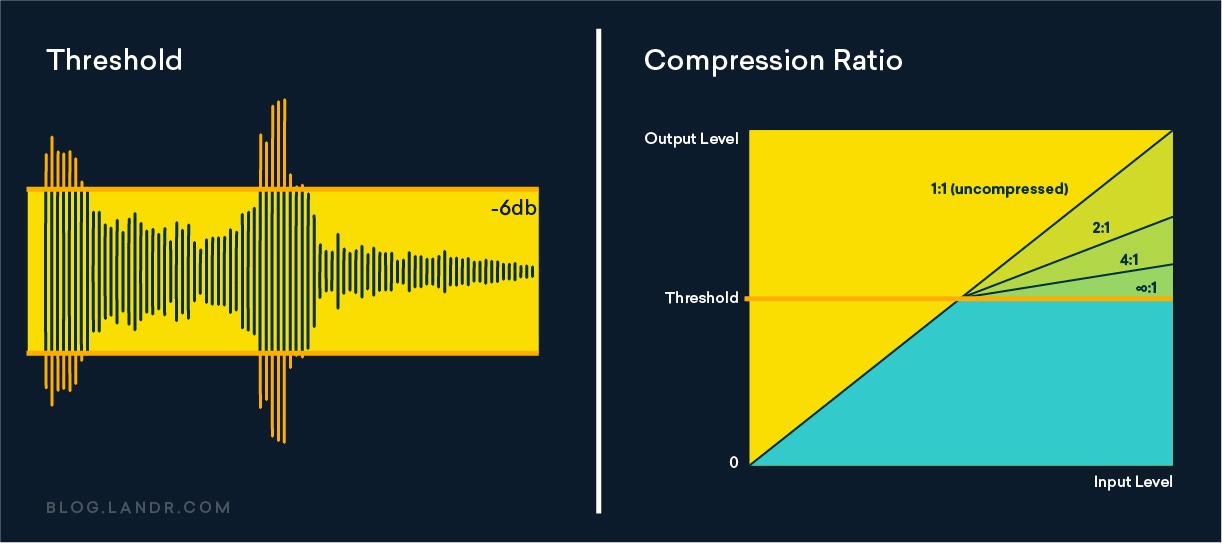
This is done by adjusting a number of parameters:
The threshold controls the level at which the compressor begins to take effect.
The ratio controls the amount of reduction that is applied to the signal whenever it hits the threshold.
The attack controls the speed of the compressor’s response to the signal when it exceeds the threshold.
The release controls how long it takes for the compressor to stop responding when the signal falls back below the threshold.
The knee controls the curve of the compressor’s response to the signal, or in other words, how “sharply” or “smoothly” the compressor’s effect on the signal occurs.
The makeup gain controls the amount of gain that is added to the output of the compressor to compensate for the overall change in volume that it applies to the signal.
Many compressors also offer a sidechain function, which uses an external signal to trigger the action of the compressor instead of the track’s own signal.
Why compression is considered essential
Originally, compressors were developed for radio to prevent audio peaks from distorting the outgoing broadcast.
However, its widespread use in music production is due to a mix of both technical and creative needs.
For vocals in particular, it can be essential for maintaining consistent levels across a vocal performance.
It can also smooth out and tame transients that are too sharp and unpleasant, especially in percussive sources like drums, percussion, and certain guitar techniques.
When it comes to the master channel, it’s not uncommon for producers to apply a compressor that can “glue” all of the elements of a track together so that they seem to respond to one another more naturally and musically.
Compression, is of course, used routinely at the mastering stage, and LANDR Mastering can help you get the dynamics you’re looking for without needing to agonize over compression parameters.
It has also become almost universal in certain genres to sidechain a compressor with the kick drum of a track so that lead instrument and vocal tracks “duck” in volume in response to the kick. This creates the pumping sound that has defined many forms of dance music and hip-hop over the years.
But probably one of the biggest reasons it’s become so popular is because it helps to create a loud, upfront, and commercial sound.
A mix with robust compression use tends to sound more “professional” to the ear, and is especially attractive in genres like EDM, which emphasize impact and an overall sound that grabs the listener’s attention.
But loudness is a tricky beast…
Is compression overrated?
In our opinion, compression is overrated in the sense that it’s not the shortcut to strong and impactful music that a lot of producers think it is.
Steve Albini, the producer responsible for some of the greatest rock records of all time (namely In Utero by Nirvana, Rid of Me by PJ Harvey, and Surfer Rosa by Pixies) famously hated compression.
In his words:
“I want to find the guy that invented compression and tear his liver out. I hate it. It makes everything sound like a beer commercial.”
While this view might be on the extreme side, it taps into the main concern about compression. It can sometimes make music feel a bit too over-produced, even (and maybe especially) when a producer knows how to use it for the strongest effect.
It may be tempting to make your music as punchy and impactful as possible, but large amounts of heavy compression in the production process isn’t the shortcut to this result that you might think it is.
Compression can often suck the life out of sounds or mixes that need more dynamic range and contrast to breathe and feel truly musical.
Over-compressing while producing also messes with the mastering stage — it can reduce the dynamic range so that your mastering engineer or mastering plugin doesn’t have enough room to do what needs to be done for finalization.
When less (or none) is more
That being said, if you’re aiming for a clean, strong sound that feels appropriate for pop, EDM, and mainstream rock and hip-hop, then tasteful use of compression can be a good idea.
But it’s important to have a solid understanding of how compression works and to use it in small, subtle amounts at a time, if at all.
Some genres simply don’t call for significant amounts of compression at all. Examples of this include jazz, classical, folk, and ambient music.
In those genres, when compression is used, it’s more to address more technical needs like ensuring consistent levels in some sounds or taming unpleasant peaks.
Practical takeaways
There are a few pieces of practical wisdom you can keep in mind to avoid overusing or depending on compression.
For one thing, if your music makes use of live instrument recordings, get your recording technique down as solid as possible.
Knowing how to choose mics and set them up at the right distances and angles will help you capture the kinds of transients you want and get the dynamics right at the source.
If you work primarily with samples, choose your samples wisely, as it’s far better to start working from high-quality material than it is to make a weak sample sound good. LANDR Samples is especially strong when it comes to ensuring this kind of quality.
If you record synths, be mindful of how you program the envelopes of your synth patches. You could save yourself having to apply compression by simply tailoring your envelopes to have the degree of punch or presence that you want.
Meanwhile, sometimes a transient shaper plugin is more appropriate than a compressor. This can allow you to subtly emphasize or tame transients without introducing unnecessary pumping or messing with dynamics too much. An example of this is Native Instruments Transient Master or LANDR FX Beats.
Clipping and saturation tools can also be handy for increasing punch without sacrificing dynamics too easily, especially when blending between the wet and dry signal.
Speaking of which, it’s also highly recommended to A/B as you’re applying compression so that you always have a useful comparison between the uncompressed sound and what you’re doing to it. Otherwise the changes can get a bit out of hand.
You can also use parallel compression, which blends the uncompressed signal with the compressed version in a way that can help to add impact without compromising dynamics.
But above all, we recommend asking yourself often, “Do I really need to use compression on this, or do I just want it to be louder?”
If you just want loudness, explore the alternative options we recommended and use them in subtle but meaningful amounts. When it comes to loudness, less can very often be more.
To compress or not to compress?
Ultimately, compression is neither good nor bad, it is simply a tool.
Used sparingly, it can add punch and cohesion, but too much can strip away dynamics and life. The key is leaving balance and headroom so your mix can breathe.
When it comes time to finalize your track, LANDR Mastering is where clarity, presence, and loudness come together. By avoiding heavy-handed compression in production, you give mastering the space it needs to make your music sound polished and competitive.
Gear guides, tips, tutorials, inspiration and more—delivered weekly.
Keep up with the LANDR Blog.


